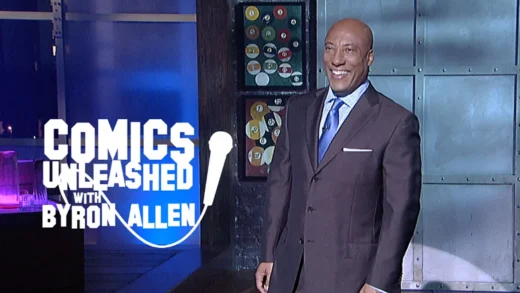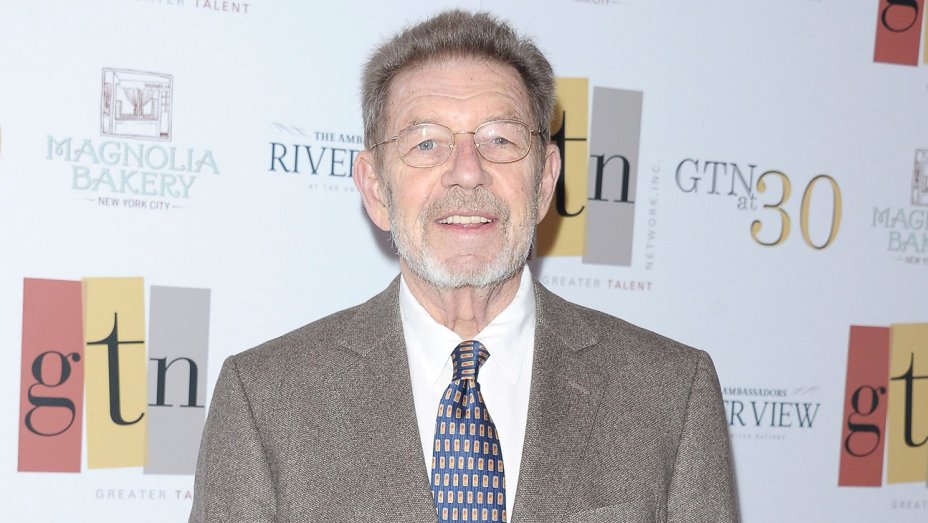Pete Hamill, the New York newspaperman who went to bat for the disenfranchised and became a larger-than-life personality during the city’s last great era of print journalism, has died. He was 85.
Hamill died Wednesday in Brooklyn, his brother, Denis Hamill, told The New York Times. He had taken a fall at his home on Saturday after returning from dialysis and was in intensive care at Methodist Hospital when “his kidneys and heart failed him,” he said.
A high school dropout who was a hard-drinking man’s man before he quit alcohol at age 38, Hamill was a New York literary mainstay for more than a half-century. In vividly bringing his subjects to life on the page, he wrote columns for the Post, the Daily News, the Village Voice and Newsday. (He also had stints as editor in chief at the Post and Daily News.)
He wrote about wars in Vietnam, Lebanon, Nicaragua and Northern Ireland and covered domestic disturbances in U.S. cities in the 1960s, but Hamill was best known for capturing what made regular New Yorkers tick. He endeared himself to his readers with his down-to-earth viewpoints and simple, straightforward prose.
“Pete is the authentic voice of working-class New York,” author Peter Quinn said in a 2007 CBS News profile of the journalist. “Combining Irish eloquence with Brooklyn realism, he’s served as a voice for immigrants of all colors and a conscience for the entire city.”
The charismatic Hamill also hobnobbed with Hollywood, becoming pals with Frank Sinatra and dating Shirley MacLaine (and Jacqueline Kennedy Onassis, too). However, the raconteur kept stories about his famous girlfriends to himself. “Only a cad would talk about his life that way,” he told the Times in 1994.
Hamill penned the screenplay for Doc (1971), a revisionist Western that starred Stacy Keach and Harris Yulin as frontier lawmen Doc Holliday and Wyatt Earp, respectively. He also co-wrote Badge 373 (1973), a crime thriller that starred Robert Duvall, and did an uncredited rewrite on French Connection II (1975). Those films were inspired by the “exploits” of New York cop Eddie Egan.
He had writing credits on several telefilms, and his novels Flesh and Blood, The Gift and Snow in August were adapted for TV movies.
Hamill also appeared as reporters in Badge 373 and Michael Mann’s The Insider (1999), played himself in Abel Ferrara’s King of New York (1990) and Ron Howard’s The Paper (1994) and showed up in other films like Exposed (1983) and One Fine Day (1996).
In 1975, he won a Grammy for writing the liner notes to Bob Dylan’s Blood on the Tracks.
Hamill helped convince his good friend Sen. Robert F. Kennedy to make a run for the presidency, and he worked for his campaign and covered it as well (the mix was a “terrible mistake as a journalist,” he said). He was there in the kitchen passageway at the Ambassador Hotel in Los Angeles on June 5, 1968, when Kennedy was fatally shot, and he helped disarm the gunman, Sirhan Sirhan.
His larger-than-life persona was on full display in the 2019 HBO documentary Breslin and Hamill: Deadline Artists, a look at Hamill and his contemporary, Jimmy Breslin. “They personified an era when print journalists could be swashbuckling figures. It’s unimaginable now,” Jonathan Alter, one of the film’s co-directors, said in an interview with the Post.
Born on June 24, 1935, Hamill was the oldest of seven children of Billy Hamill and Anne Devlin, Catholic immigrants from Belfast, Northern Ireland.
(Excerpt) Read more in: The Hollywood Reporter





